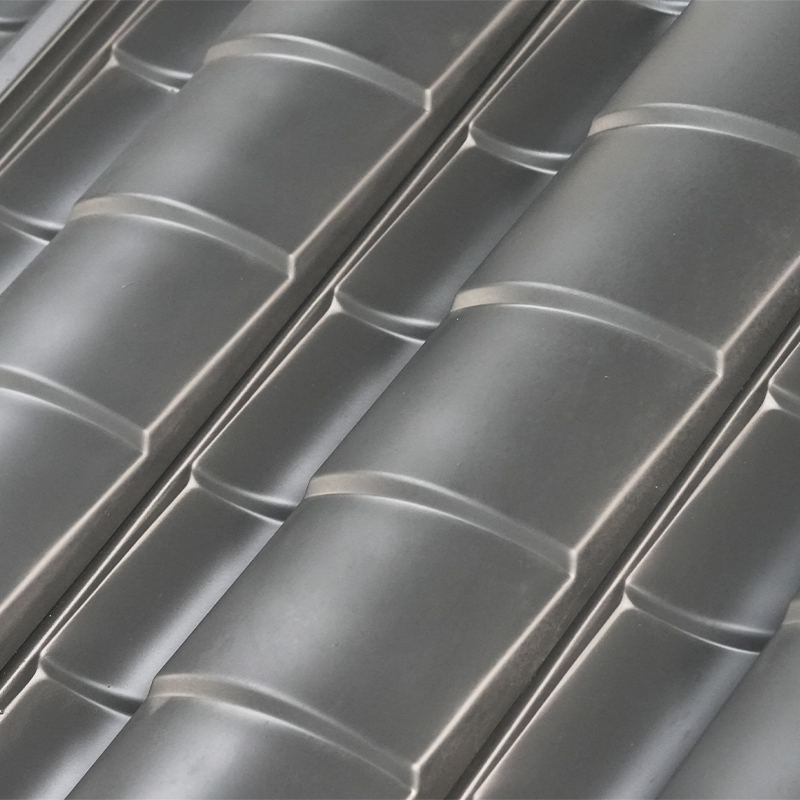Square flat aluminium roof tiles are typically installed using methods designed to ensure strong attachment, weather tightness, and aesthetic appeal. Here’s a detailed overview of the most common installation practices:
1. Mechanical Fixing
This is the most common and reliable installation method for square flat aluminium roof tiles.
Fasteners: Tiles are attached to the roof substrate (usually battens or a solid decking) using screws or nails with corrosion-resistant coatings to prevent rust.
Placement: Fasteners are typically placed near the tile edges or in pre-drilled holes to ensure secure fixing without damaging the tile.
Advantages: Mechanical fixing allows for easy replacement of individual tiles if needed and provides strong resistance to wind uplift.
Considerations: Care must be taken to seal fastener points properly to avoid water infiltration.
2. Interlocking or Overlapping Systems
While square flat tiles are generally flat, some designs include edges that allow slight overlapping or interlocking to improve waterproofing.
Overlap: Tiles overlap adjacent tiles along edges to create a continuous weatherproof barrier.
Interlocking Edges: Some tiles are designed with small ridges or lips that snap or slide into each other.
Benefits: This method improves water shedding and reduces the number of exposed fasteners, enhancing durability and appearance.
3. Use of Underlayment and Battens
Proper substrate preparation is essential for durable installation.
Underlayment: A waterproof membrane (such as synthetic roofing felt or breathable membrane) is installed over the roof deck before tiling to act as a secondary water barrier.
Battens: Horizontal or vertical battens (usually timber or metal) are fixed over the underlayment, providing a nailing surface and creating ventilation space beneath the tiles.
4. Adhesive Fixing (Less Common)
In some cases, adhesives or specialized roofing tapes may be used to fix aluminium tiles, especially in low-slope or retrofit situations.
Advantages: Provides a clean finish with no exposed fasteners and can improve waterproofing.
Limitations: Less common due to concerns about long-term durability and wind resistance.
5. Flashing and Edge Treatments
Flashings: Custom aluminium or compatible metal flashings are installed around roof penetrations (chimneys, vents), valleys, and edges to ensure waterproofing continuity.
Ridge Caps and Eave Trims: These components finish the roof edges neatly and prevent water ingress.
6. Ventilation Considerations
Proper ventilation below the tiles, often facilitated by the batten system, helps prevent condensation and prolongs roof life.
Summary
| Installation Aspect | Description |
| Mechanical fixing | Screws or nails attach tiles securely |
| Interlocking/overlapping | Tiles overlap or snap together for waterproofing |
| Underlayment and battens | Waterproof membrane and battens for support |
| Adhesive fixing | Used occasionally for smooth finishes |
| Flashing and edge treatment | Ensures water-tight seals around roof features |
| Ventilation | Prevents moisture buildup under tiles |
Proper installation by skilled professionals following manufacturer guidelines is crucial to maximize the performance and lifespan of square flat aluminium roof tiles.





 English
English русский
русский Español
Español عربى
عربى















